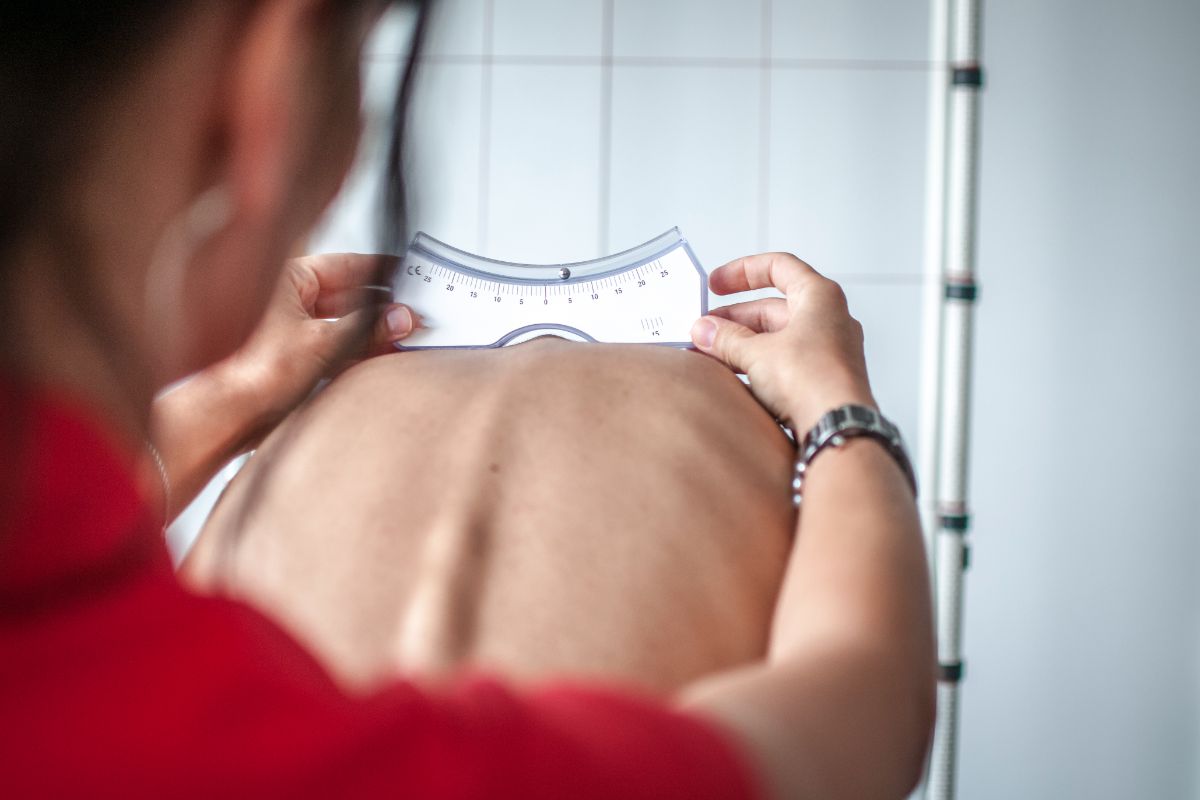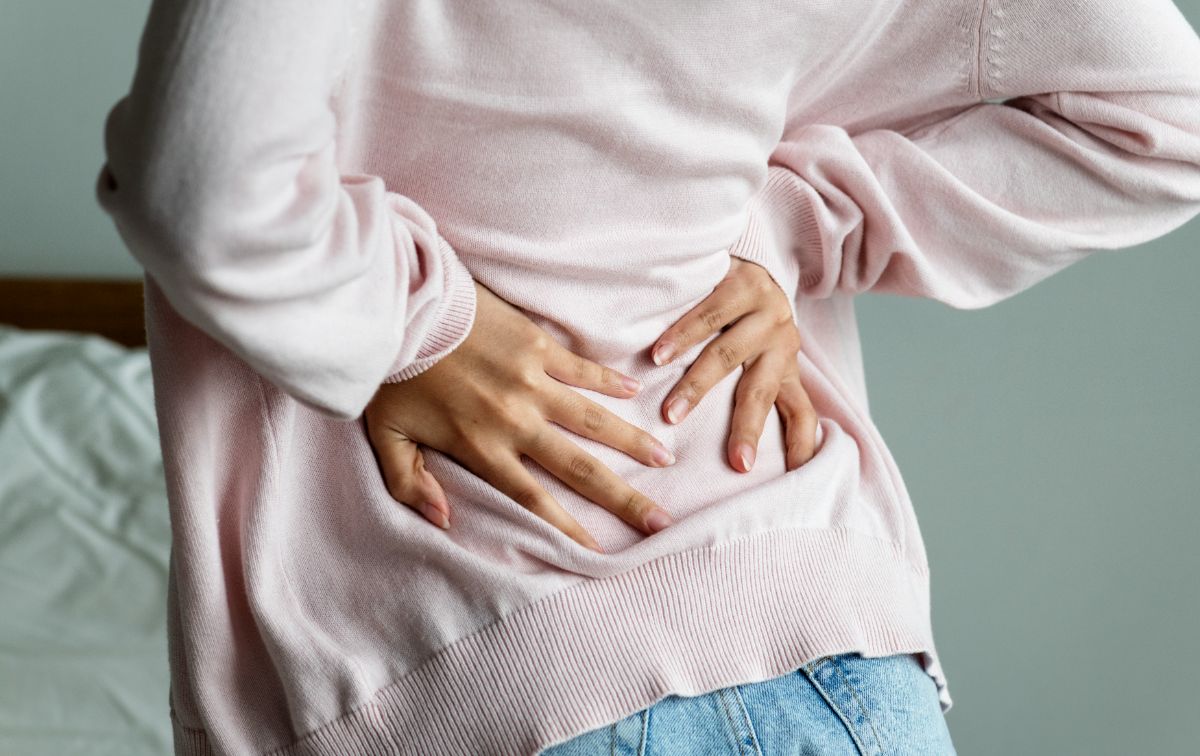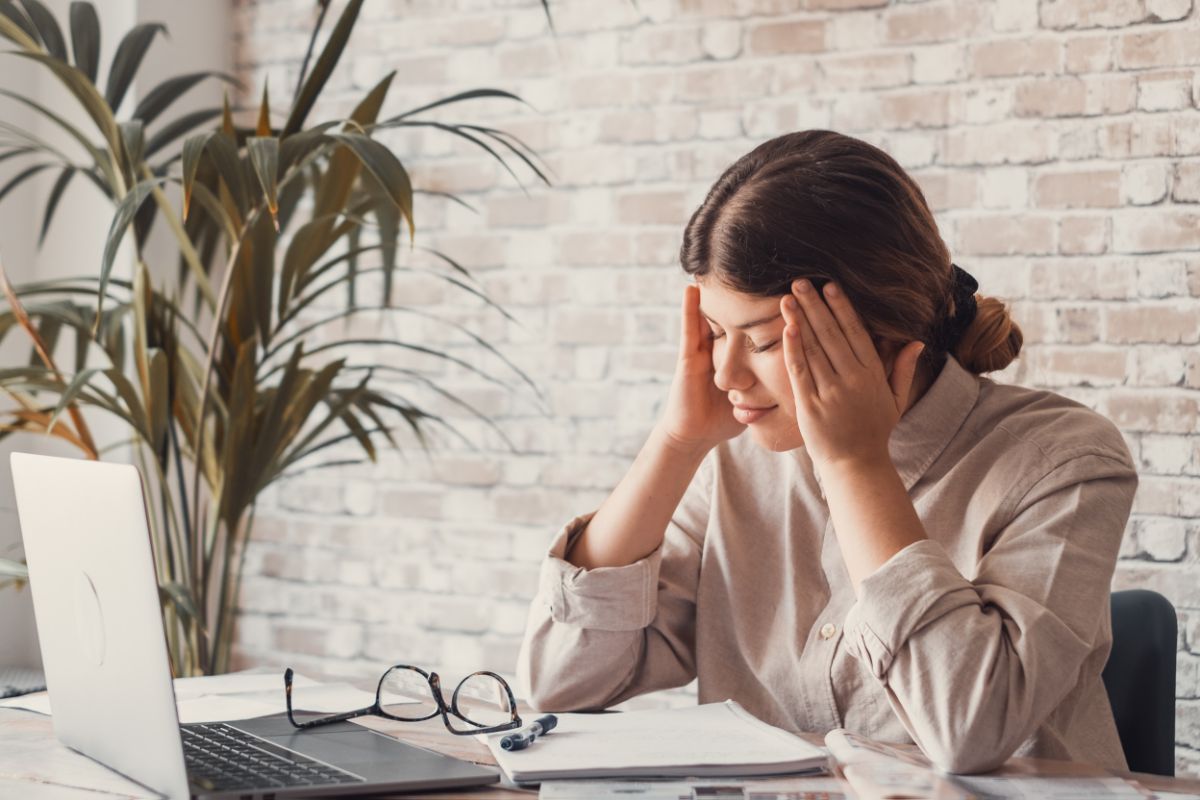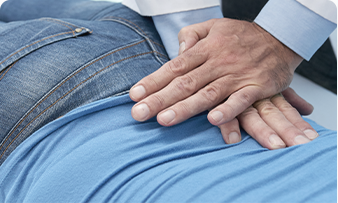
6 Common Symptoms of Scoliosis
What are the common symptoms of scoliosis?
- Abnormal posture
- Bulge or deformity in the back
- Ill-fitting clothes
- Consistent back pain
- Fatigue after standing or sitting down
- Difficulty breathing and/or eating
Abnormal posture
 One of the earliest and most visible signs of scoliosis is one’s posture. As the spine grows along a curve, it sends the shoulders, waist, and even the hips out of proper alignment.
The result is a lack of symmetry in posture. This often becomes noticeable before the spinal curve itself does.
Problems with posture to keep an eye on are:
One of the earliest and most visible signs of scoliosis is one’s posture. As the spine grows along a curve, it sends the shoulders, waist, and even the hips out of proper alignment.
The result is a lack of symmetry in posture. This often becomes noticeable before the spinal curve itself does.
Problems with posture to keep an eye on are:
- A tilted eye line.
- Uneven shoulders.
- A shoulder or shoulder blade that sticks out.
- A hip that is sticking out or appears higher than the other.
- A tilted rib cage.
- Misaligned ears (when viewed from the side),
- A body that leans towards one side.
- One leg appears shorter than the other.
- A slight limp or pronounced gait when walking.
- Ribs that stick out during a full forward bend.
Bulge or deformity in the back
There might be a visible bulge or deformity on your back if you have scoliosis. This is caused by muscle rotation or rib cage rotation, as your body tries to adjust to your curved spine. If you do have this problem, this may also impact your ability to sit up or stand up straight.Ill-fitting clothes
Changes to your posture can make your clothes seem like they are ill-fitting, or asymmetrical (even if they are not). For example, a shoulder blade sticking out can cause your shirt sleeve to seem tighter than the other. Or, tilted hips could make one pant leg hand lower than the other. The more severe the curves in your spine are, the more difficult it will be to find clothes that fit properly. Make sure to keep an eye out if your clothes seem to have an uneven neckline, sleeves, hemline, or pant legs.Consistent back pain
 Since scoliosis creates posture problems, it puts extra stress on certain parts of your back. This stress will eventually result in consistent discomfort — or even pain, in most cases. This pain will worsen as the curves continue to develop.
For those with scoliosis, this pain can limit them from doing their normal activities. Luckily, a combination of the right pain relief medication, nutrient plans, and a scoliosis-specific physical therapy treatment program can help alleviate this pain.
Since scoliosis creates posture problems, it puts extra stress on certain parts of your back. This stress will eventually result in consistent discomfort — or even pain, in most cases. This pain will worsen as the curves continue to develop.
For those with scoliosis, this pain can limit them from doing their normal activities. Luckily, a combination of the right pain relief medication, nutrient plans, and a scoliosis-specific physical therapy treatment program can help alleviate this pain.
Fatigue after standing or sitting down
 Do you start feeling fatigued after sitting down or standing up for some time? This might indicate that you have scoliosis.
The more pronounced your curves become, the harder the muscles around your spine have to work to keep your body balanced. This is what causes you to feel tired more quickly than usual.
Do you start feeling fatigued after sitting down or standing up for some time? This might indicate that you have scoliosis.
The more pronounced your curves become, the harder the muscles around your spine have to work to keep your body balanced. This is what causes you to feel tired more quickly than usual.






